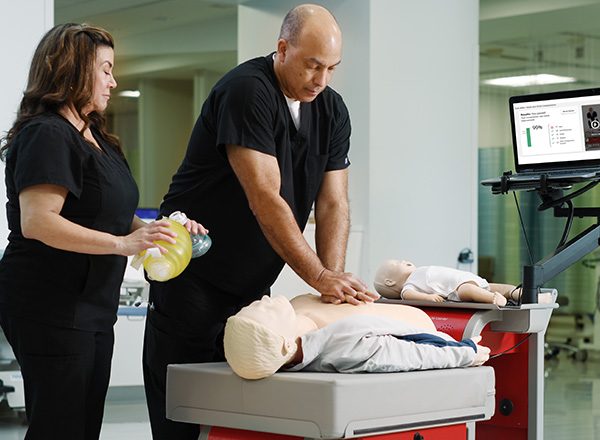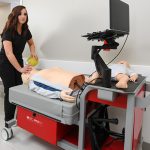Each year, approximately 350,000 people experience out of hospital cardiac arrest in the United States. That equals 960 instances daily. Most of these events occur at home. Unacceptably, only about one in 10 patients survive to hospital discharge.
The path to improving cardiac arrest outcomes is best described using the mantra, “Measure improve, measure improve.” However, cardiac arrest is a complex incident containing a great many potentially measurable metrics. Where should one start to measure?
There is an enormous dependency on the first 600 seconds of cardiac arrest being managed extremely well. Six hundred seconds represents the time from collapse to the start of high-quality CPR. During this interval, life-saving resources are being routed to the patient. However, if CPR is not started early in the 600 seconds, the patient’s chance for survival is greatly diminished.
Why is it important to ask six questions about cardiac arrest performance? Simple: variable outcomes. Communities reporting to a national cardiac arrest registry report a 12-fold difference in Utstein survival—the term used to describe patients whose cardiac arrest was witnessed with the heart in ventricular fibrillation. This is the most potentially survivable form of cardiac arrest.
With all communities having equal access to the same medical science, the variable outcomes usually rest within the implementation of the Chain of Survival. Without a concentrated national effort, where a person lives may determine if they will live.
So, how can you start to benchmark your community’s performance? Asking these six questions is a great start:
- What is our community’s Utstein Survival percentage?
This is the number that reflects the community’s ability to manage witnessed cardiac arrest. The national average Utstein survival is 33.3% with a range of 5.6% - 71.4%. The greatest improvements to Utstein survival may be achieved in shortening the time a bystander starts CPR. - What is the frequency of bystander CPR in our community?
This is the metric that looks at how often a bystander starts, and continuously, performs CPR until relieved by first responders or EMS. The national average bystander rate is 39.2%. Early bystander CPR may triple the likelihood of survival. 911 telecommunicator-assisted telephone CPR (T-CPR) and targeted community training efforts may improve the frequency of bystander CPR. - What is the time between 911 call and delivery of T-CPR in our community?
This is the interval of time that starts at pickup of the 911 call to the begin of telecommunicator-assisted T-CPR. According to the American Heart Association, the minimally accepted standard is <180 seconds. High-performing systems should strive for <120 seconds. - What is our department’s median compression fraction for CPR calls?
Compression fraction is one of several metrics of high-quality CPR. It measures the percentage of time where CPR compressions were provided in a resuscitation. The American Heart Association suggest a target of 60%. High-performing EMS systems are able to demonstrate compression fractions of 80%. Decreasing pauses in CPR increase survival. - How do our telecommunicators and EMS personnel train for cardiac arrest?
Most individual responders infrequently participate in a cardiac arrest resuscitation. T-CPR and other resuscitation skills are highly perishable. In periods as little as three months, providers’ skills begin to decay. This has a material effect on patient survival. Ideally, providers should practice resuscitation skills quarterly. The practice should be relevant to their role and performance should be measured. Providers should receive feedback and continuous improvement should be expected. - How can we measure our personnel’s performance on cardiac arrest calls?
Simply stated, what gets measured gets improved. Measuring your system’s performance during the first 600 seconds of cardiac arrest, and beyond, is invaluable. The sooner we can stop having non-contextual discussions about response time, the better. Response time is one component of a complicated Chain of Survival. We should also be looking at the intervals of time before EMS is notified and the time between parking the apparatus and starting patient care. We should be looking at the event from the patient’s point of view.
Improving cardiac arrest isn’t complicated, but it’s not easy. Starting a quality conversation is about improving cardiac arrest outcomes is made simple with just six questions.
Ready for a deeper dive? Use this free self-assessment to measure your system’s current capabilities.








